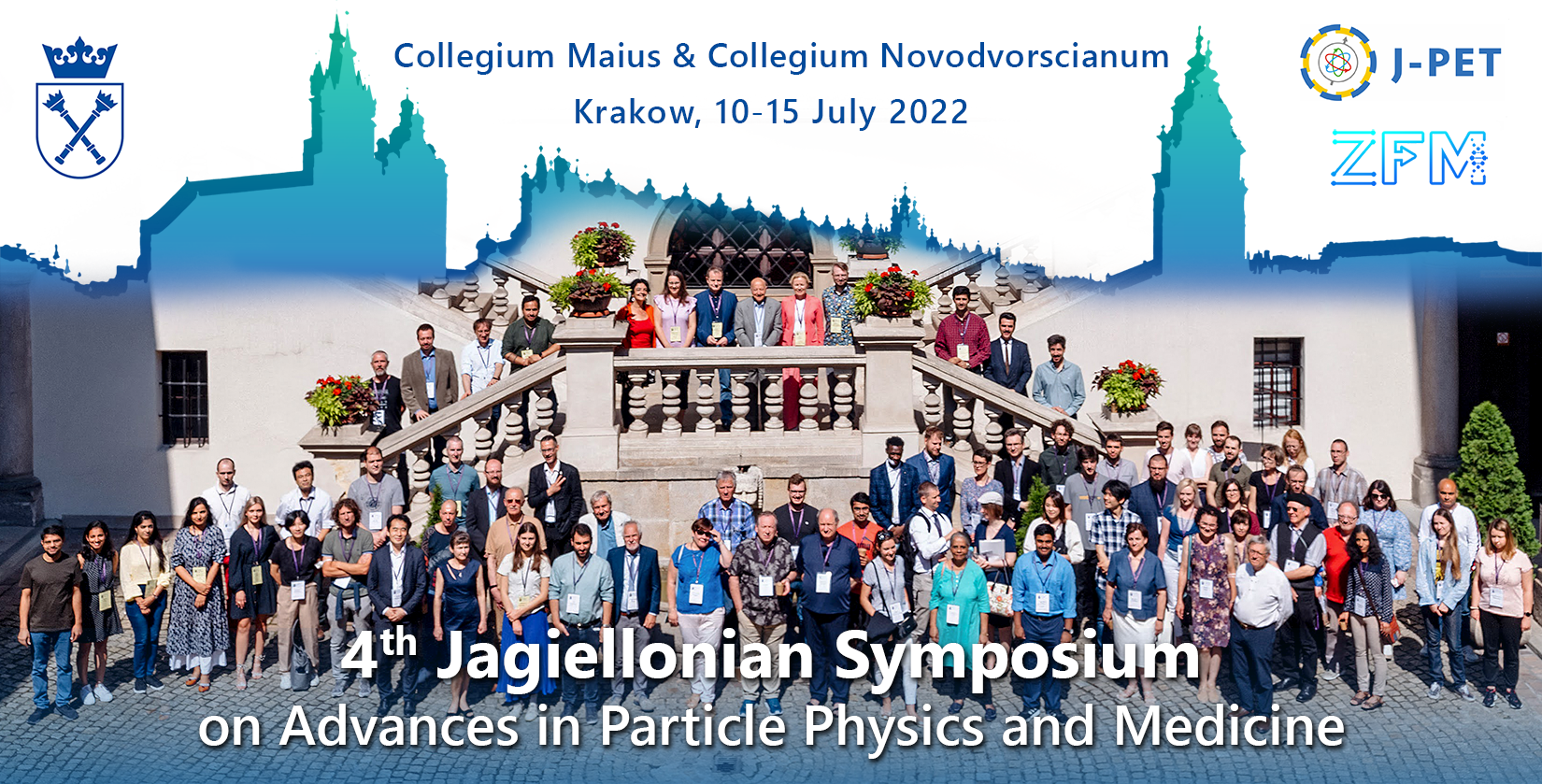Speaker
Description
We report on a search for a bound diproton, or 2He nucleus, by analyzing the results of irradiation of Tb and Ta samples with protons of 5.8 and 6.9 MeV energy, correspondingly. These proton energies are about threshold energies for corresponding (p,2p) nuclear reaction channel. The irradiated Tb and Ta samples were then counted with application of HPGe gamma-spectrometer. The peaks of 511 keV energy and of high intensities were detected in the instrumental gamma-ray spectra. We measured its intensity vs time and derived the corresponding values for half-lives. These values are the following:
- for Tb sample: 5,603 ± 385 s after extended cooling of irradiated
sample;
- for Ta sample: 1,224 ± 56 s and 6,307 ± 340 s.
In order to assign these half-lives to any reaction products on (p,x) nuclear reactions on Ta and Tb as well as impurities in these samples, we could not identify any significant contributors to the 511 keV peak intensity of certain half-lives.
Then we make an assumption about the formation of the diproton, or 2He bound and proton-excess nucleus, to be a source of positrons with subsequent annihilation of them in a sample volume. The idea for the diproton to exist is based on the prediction of A. Migdal in 1973 for two identical particles to become bound in the potential well of a heavy nucleus but outside of its volume. This prediction was experimentally proved by us for two neutrons, bound together in one nucleus – the dineutron and does not exclude the existence of a similar bound system, but comprised of two protons.
In the same time, theoretical estimates for a positron decay mode of the diproton were obtained as follows:
- for a diproton decay into a triplet deuteron state: 1140 ± 216 s;
- for a diproton decay into a singlet deuteron state: 5516 ± 1031 s.
Possible algorithms to calculate diproton binding energy and radius as well as mutual space arrangements between a heavy nucleus and the diproton are also considered.
Based on our preliminary results and estimates one can assume that such an approach to generate and study diprotons in detail may result in discovery of the very unusual system “the heavy nucleus-diproton” to confirm for the diproton the status of being the unique nucleus rather than an “illusive” particle.
In addition, the existence of such out-and-outer 2He nucleus may have far-reaching consequences on our understanding of nucleon-nucleon and nucleon-nucleus interactions as well as practical app

